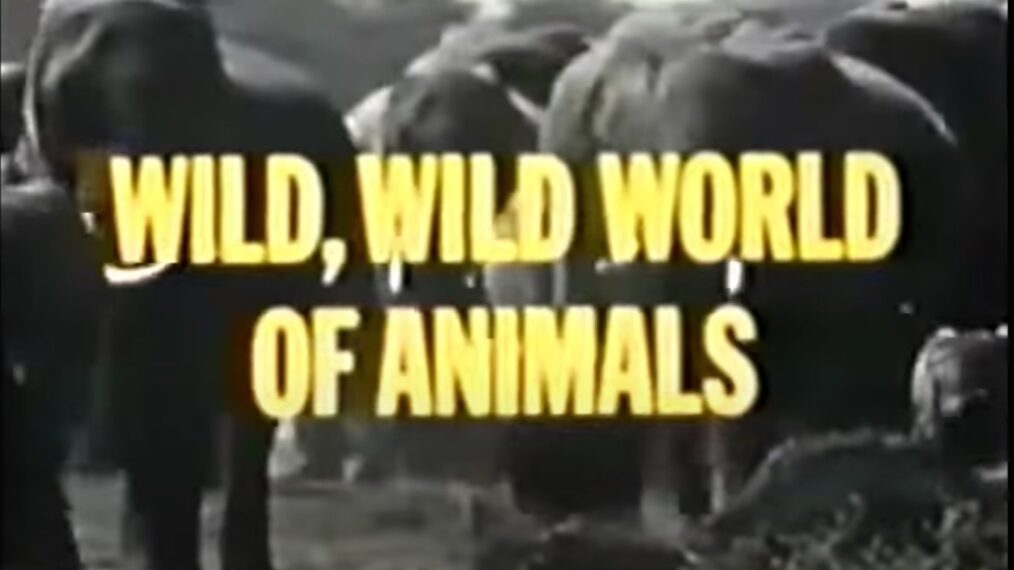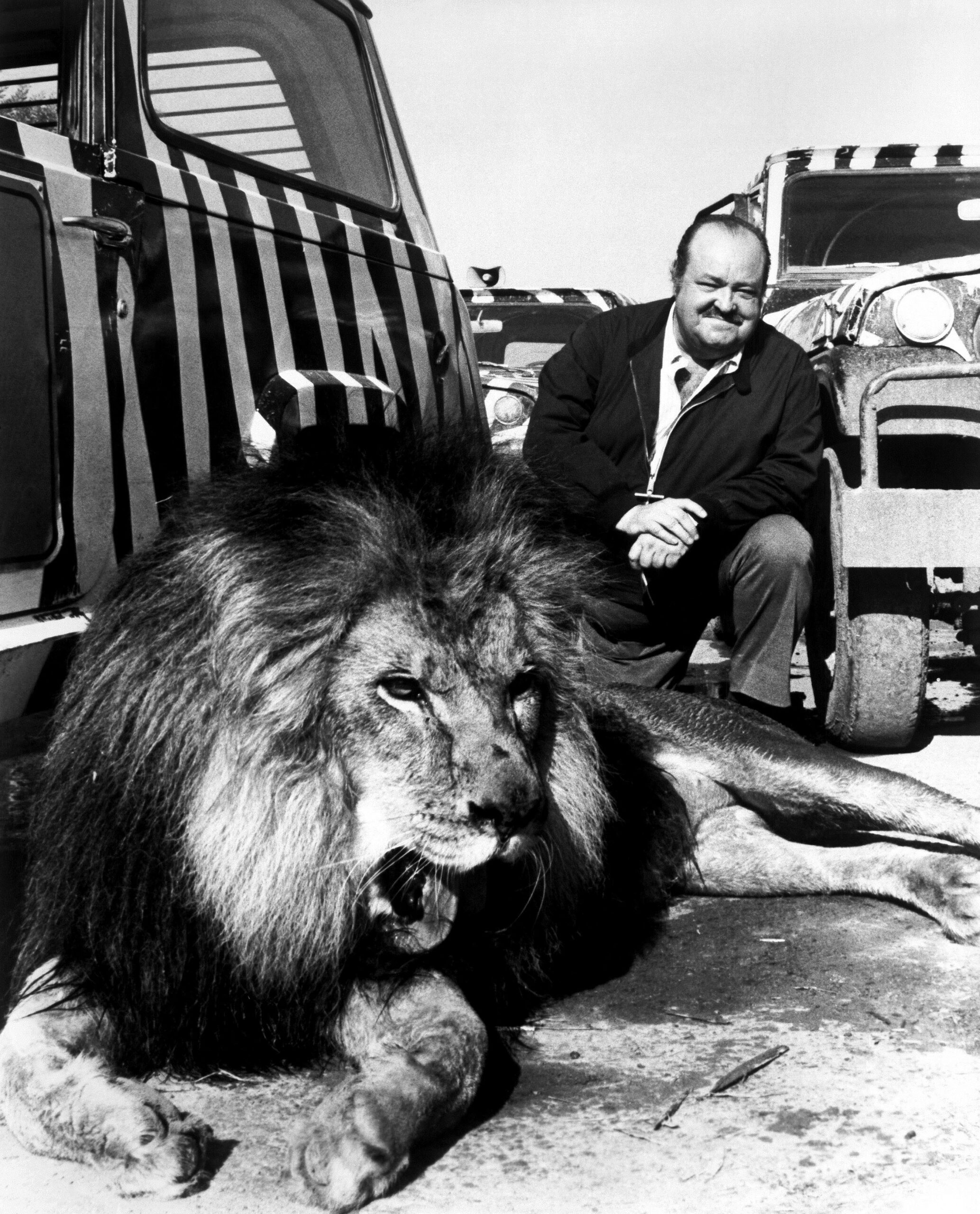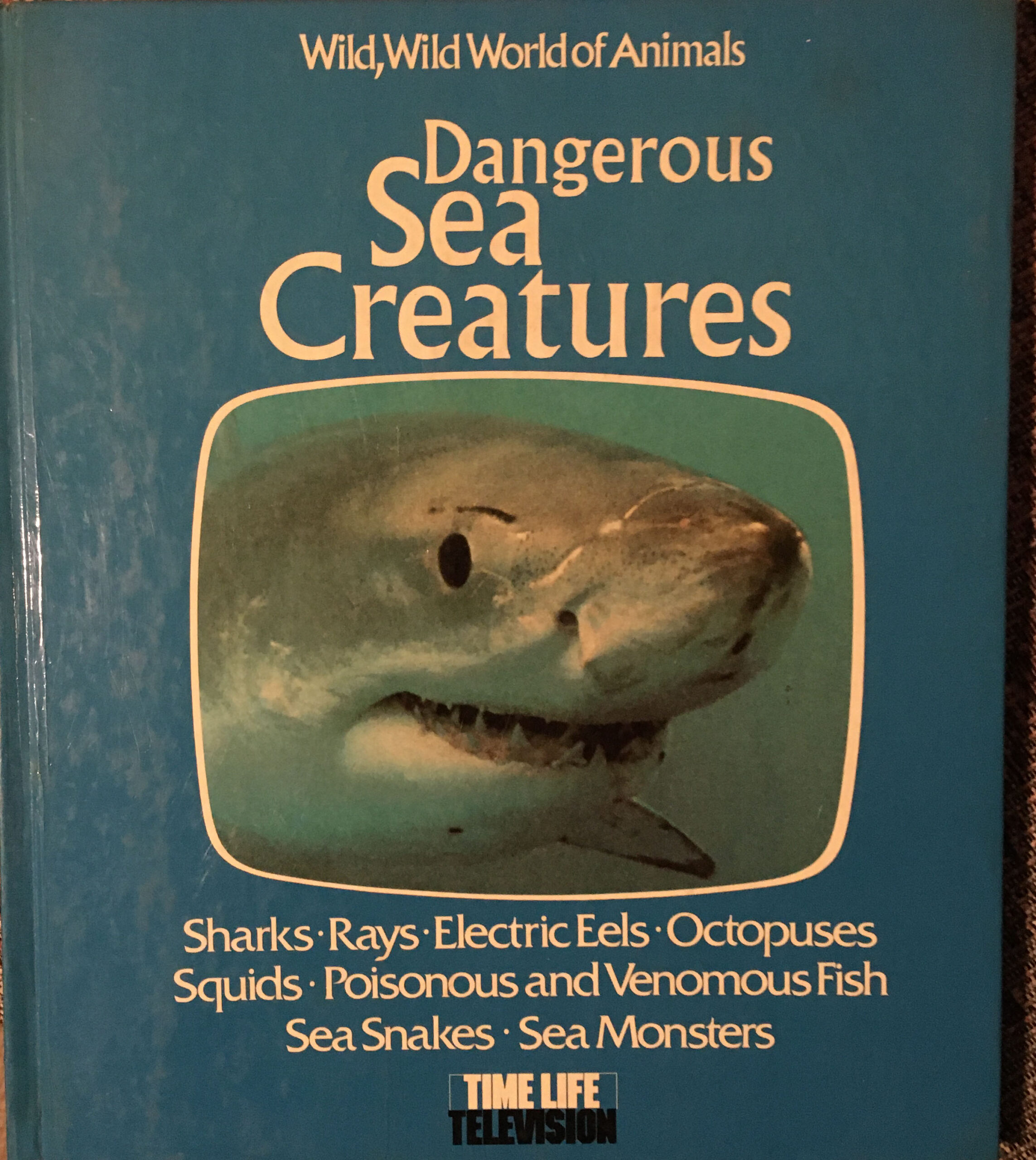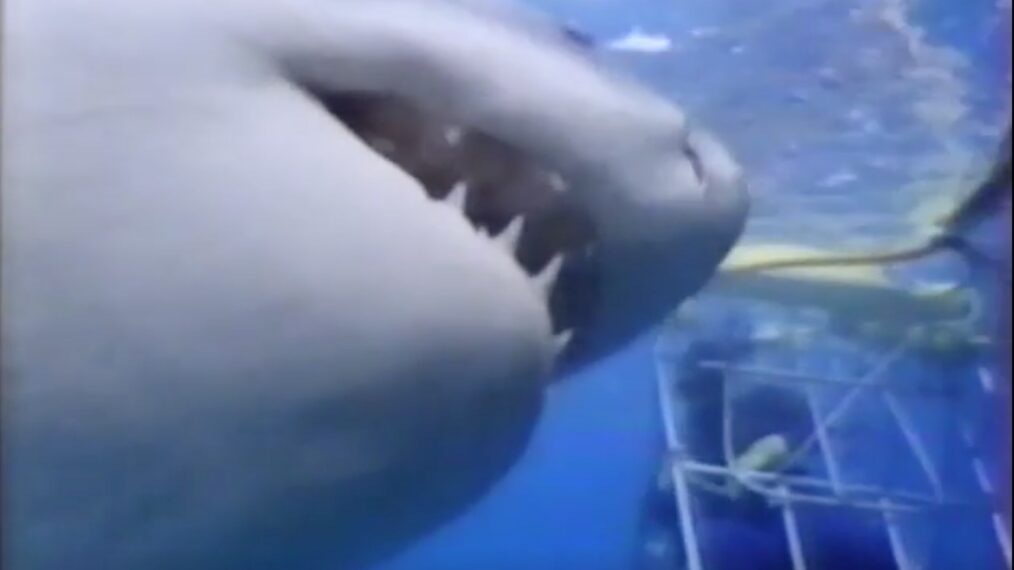The Theme Music For ‘Wild, Wild World of Animals’ Was Among the Funkiest Grooves of the ’70s

There are times when I wonder if I am the only one who remembers certain sights and sounds from long ago that have, for one reason or another, stayed with me over the decades.
One such example: I have continued to have the theme music to the 1973-78 Time-Life Television natural history series Wild, Wild World of Animals popping up in my head once in awhile ever since I first watched the series in reruns on my local PBS affiliate during the late ’70s.
It is mostly the music that played over the series’ closing credits in its later episodes, composed by Beatrice Witkin and Gerhard Trede, that I have particularly found myself humming now and again.
Thanks to the internet, I at least know there are a few other people who recall this, since some users have very helpfully posted those credits to make sure the tune remains permanently stuck in constant rotation among my many retro earworms:
Of course, the opening theme music for Wild, Wild World of Animals was pretty cool, too, and offered a different sort of sound, one befitting its title and subject matter: a kind of untamed jungle beat that played over images of some of the creatures the half-hour series explored during its five-season run:
Those opening credits also listed William Conrad as the narrator.
When I first watched this series, I wasn’t aware of Conrad as an actor, or his famous title role on the 1971-76 detective series Cannon.
But, still, his voice is another sound I recall becoming familiar from Wild, Wild World of Animals; granted, it isn’t a sound that has stayed as near the top of my mind as the show’s music has over the past five decades, but I do remember Conrad providing strong voicework for the series, adding personality and even touches of humor here and there, and contributing greatly to the program’s fascinating and informative overall experience — especially for a kid like me who was obsessed with animals.

© Time-Life Television/Courtesy Everett Collection
You really think the guy who played Frank Cannon would be intimidated by taking a Wild, Wild World of Animals promo shot with a full-grown male lion?
You can get a sense of the full, start-to-finish experience of Wild, Wild World of Animals in the video below, which features an episode in which Conrad introduces us to “the Admirable Octopus”:
The bits at the beginning of this episode showing how octopi have been presented as sources of terror in old movies like the Flash Gordon serial that is referenced reminds me of how it was not only the Wild, Wild World of Animals TV series that sometimes related real-world animals to their depictions in fiction and literature, but also the companion Wild, Wild World of Animals book series that did something similar.
The books were part of one of those Time-Life Books collections often advertised on TV back then, with other book series featuring topics like the Old West (in which you could read about the outlaw who once shot a dude just for snoring too loud) and World War II. You could subscribe and get a new book each month, or order individual titles.
That latter option was what my parents went with when I was interested in getting some of the Wild, Wild World of Animals books. For a few years, I’d maybe get one for a birthday or Christmas present, and I eventually ended up with several of my own, but not the whole collection. I checked out some of the ones I didn’t have from the library to read.

© Time-Life Television/photo of author’s personal copy
I recently dug up from storage my Wild, Wild World of Animals book collection, including Dangerous Sea Creatures, pictured above, and found them as enjoyable to read through now as I did back then.
One particularly cool thing about the books was how they introduced me to literature and nonfiction writing involving the animals and subjects featured in a particular volume, using excerpts from stories ranging across a wide range of history.
Dangerous Sea Creatures, for example, was where I first became familiar with, and read short segments of, Peter Benchley‘s Jaws; Thor Heyerdahl’s Kon-Tiki; Jacques Cousteau‘s The Living Sea; Rachel Carson’s The Edge of the Sea; and Homer‘s Odyssey, among others.
Between the TV series and the book series, Wild, Wild World of Animals was a formative package for me growing up in not only discovering and better understanding animals and the general world of nature around me, but also in discovering various writers and writings.
There have since been other natural history series, such as Planet Earth and its spinoffs. that have gone way beyond what programs about animals ever could have done 50 years ago. But I’ll always have a soft spot in my heart — and an earworm in my brain — for Wild, Wild World of Animals.

